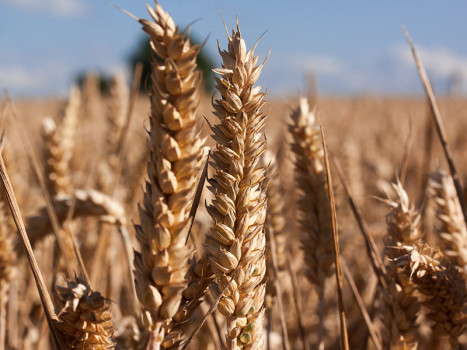AUSTRALIAN WHISKY: TASMANIA


Despite its sizes, Tasmania has Australia’s highest population of whisky distilleries: in 2018 whisky distilleries in Tasmania were 18.
First distilleries to produce whisky in Tasmania were:
- Lark in 1992
- Sullivan’s Cove in 1994
- Hellyers Road in 1997
Whisky distilleries continued growing in number and in 2007 the Tasmanian Whisky Producers Association was formed to support the sense of a “whisky island” with its own rules: grain must be distilled, aged and bottled in Tasmania.
Moreover, in 2014 Tasmania launched the “Tasmanian Whisky Trail” of distilleries to visit and in 2015 pushed for Tasmania to have its own GI (Geographical Indication).
Lark is licensed to cut peat in Tasmania and
peats its barley at the distillery adding vegetal, smoky and earthy
notes to the new-make spirit character, which is sweet and malty, with
butterscotch and citrus notes.
Hellyers Road and Old Kempton use Australian wine casks, such as Pinot Noir casks, for the maturation of its whisky.


Weather in Tasmania is highly variable, like a local saying likes to remember:
“If you don’t like the weather in Tasmania, just wait half an hour”.
These quick climate changes affect whisky production because the casks experience many changes in temperature during the maturation process.
Average temperature in Tasmania in winter is 12-13°C and 22-25°C in summer, but the microclimates can mean temperatures of 5°C on winter’s day, going down to 0°C at night, while reaching 30°C on summer’s day.
Another factor affecting whisky’s ageing process is humidity, which is enhanced in Tasmania by a combination of mountain air and sea air.
Source: The Whisky Dictionary: an A-Z of Whisky, from history & heritage to-distilling & drinking




